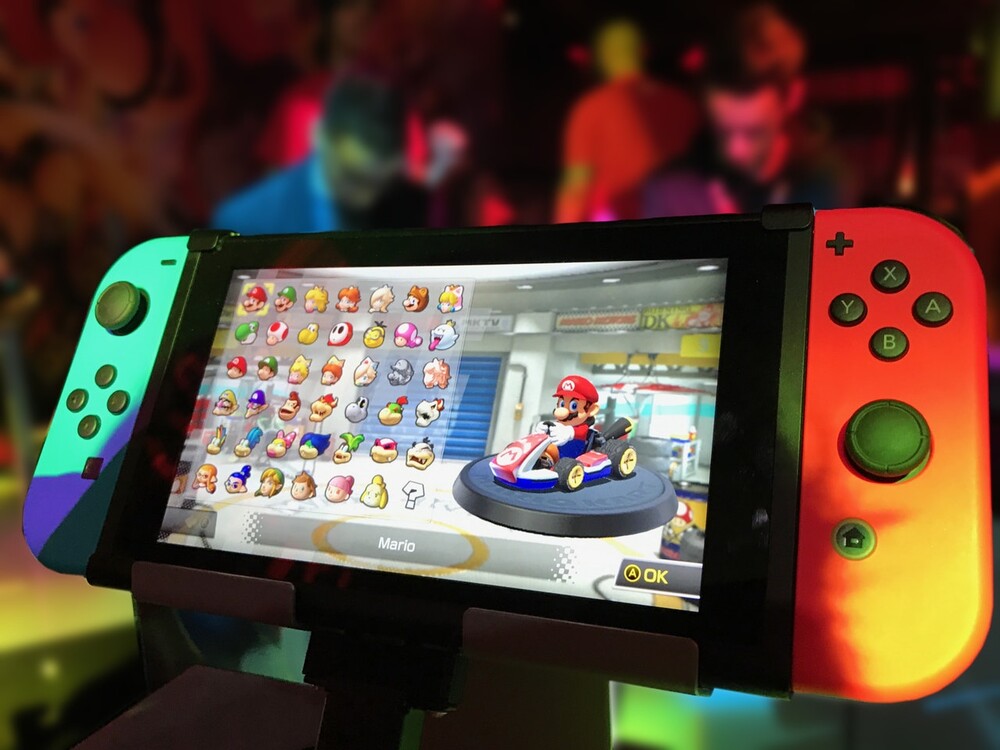When the games moved to our mobile phones, the graphics quality increased and better hardware allowed even better experience, this type of entertainment has become a true part of the entertainment industry. Let's take a look at its history.
History of computer games
The first ever computer games came to life almost at the same time as computers themselves, in the 1930s to 1940s. Humans love to play.
As with many technological inventions, their real use is sometimes very different from what the engineers had in mind when they created it. For example, the open Unix operating system, essential in the development of the Internet, was originally designed for game development.
Since the 1940s, gaming has gone through many ups and downs. This is mainly because games are subject to the same forces of the market as any other product - they become popular for a while and are soon overshadowed by the next big thing. In 1983, the computer gaming market saw a significant drop in sales, as console-based games arrived.
As computer technology evolved and 3D graphics arrived, games became more appealing again. The improvements in processing speed and other important characteristics meant that game designers could also make their games more difficult and sophisticated.
The market is still developing and attracting a growing number of quality developers and investors. We can’t forget about the players, whose interest or disappointment with a specific game can mean a huge success or a fatal failure of a whole game design studio.
The gaming industry is constantly evolving
Since the 1970s, the gaming industry has undergone major changes. The first arcade game Computer Space, came in 1971, followed by a very successful video game Atari Inc, Pong. In 1977, the market stagnated, but came back again in 1978 with another quality game called Space Invaders.
Arcade machines began to appear in public spaces, such as shopping malls, shops, restaurants. Playing a game on your personal computer, something unimaginable just a decade earlier, started to gain momentum, too.
In the 1980s, the gaming industry was forever changed by the arrival of the Nintendo system, Gameboy and others.
The 1990s brought many important advances, including the use of CDs to store and distribute software. 3D graphics became the standard for video game visuals. Internet was evolving rapidly and made multiplayer gaming possible.
The billion-dollar industry
The gaming industry generated considerable revenue - in 1994 an estimated $ 7 billion from arcades and $ 6 billion from home consoles in the US alone.
In the new millennium, games continued to evolve with the technology and the desires of players. Mobile games became the new golden child of the gaming industry, and a new gaming platform has emerged in the form of social networks.
In the future, the growth and popularity of augmented reality mobile games might turn our phones into next-generation gaming consoles!

